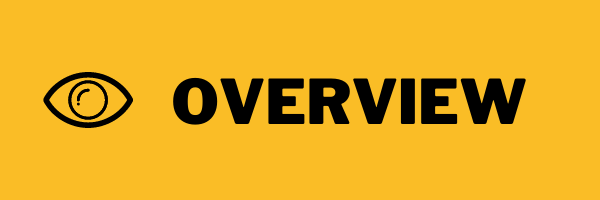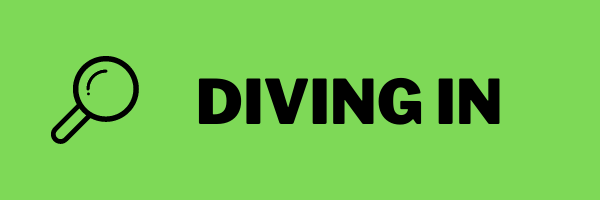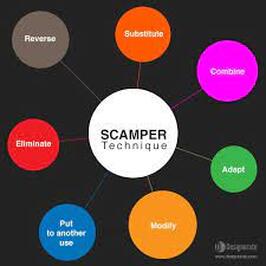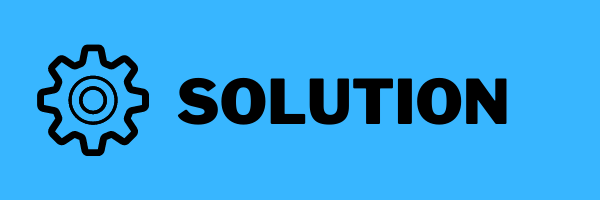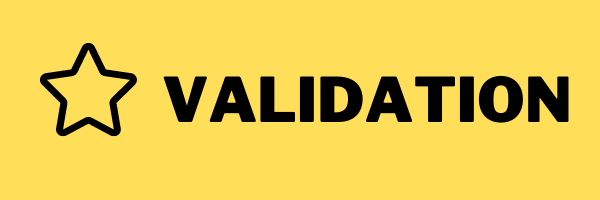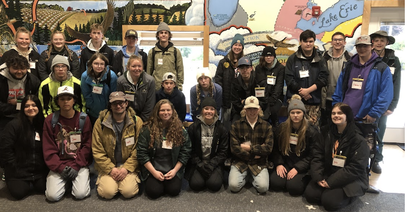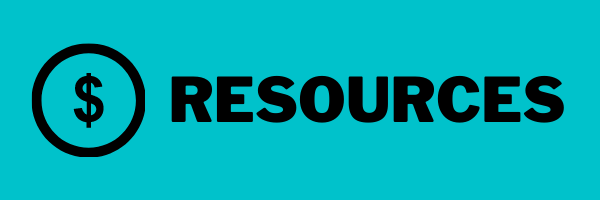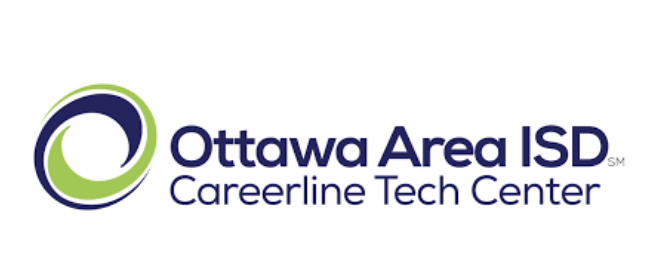Creative Solutions for Tulip Time Waste
By: Avril Wiers
By: Avril Wiers
Project at a Glance :
Students explore the issue of waste disposal during the annual Tulip Time Festival; with an emphasis on Natural Resource Management and Ecological impact.
Driving Question:
How can Tulip Time create a more sustainable festival?
|
Standards:
|
Stakeholders:
|
Incubation:
Checking in:
|
|
Solution Building:
|
Authentic Audience:
|
Click here for Project Outline.
Reflection and Feedback:
|
